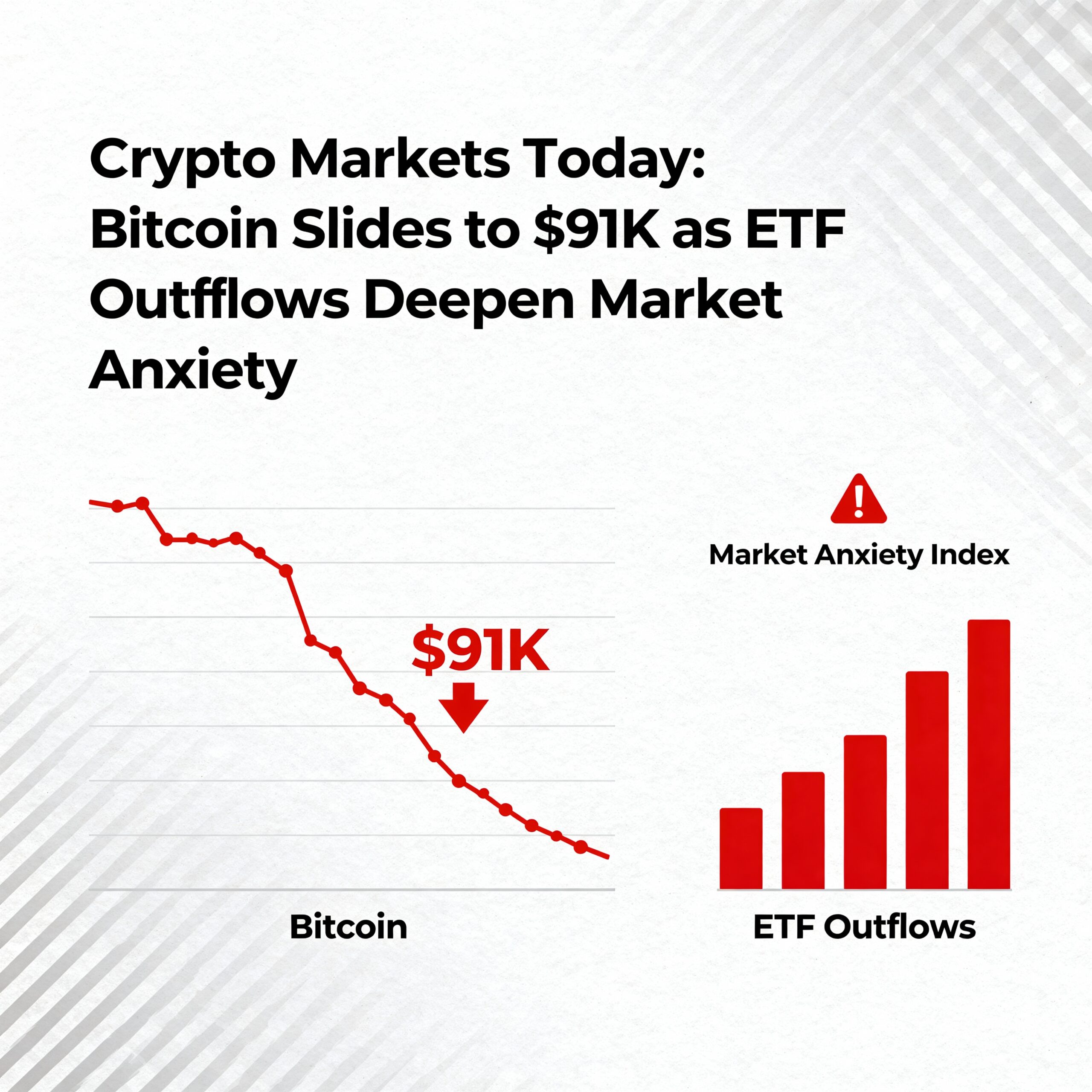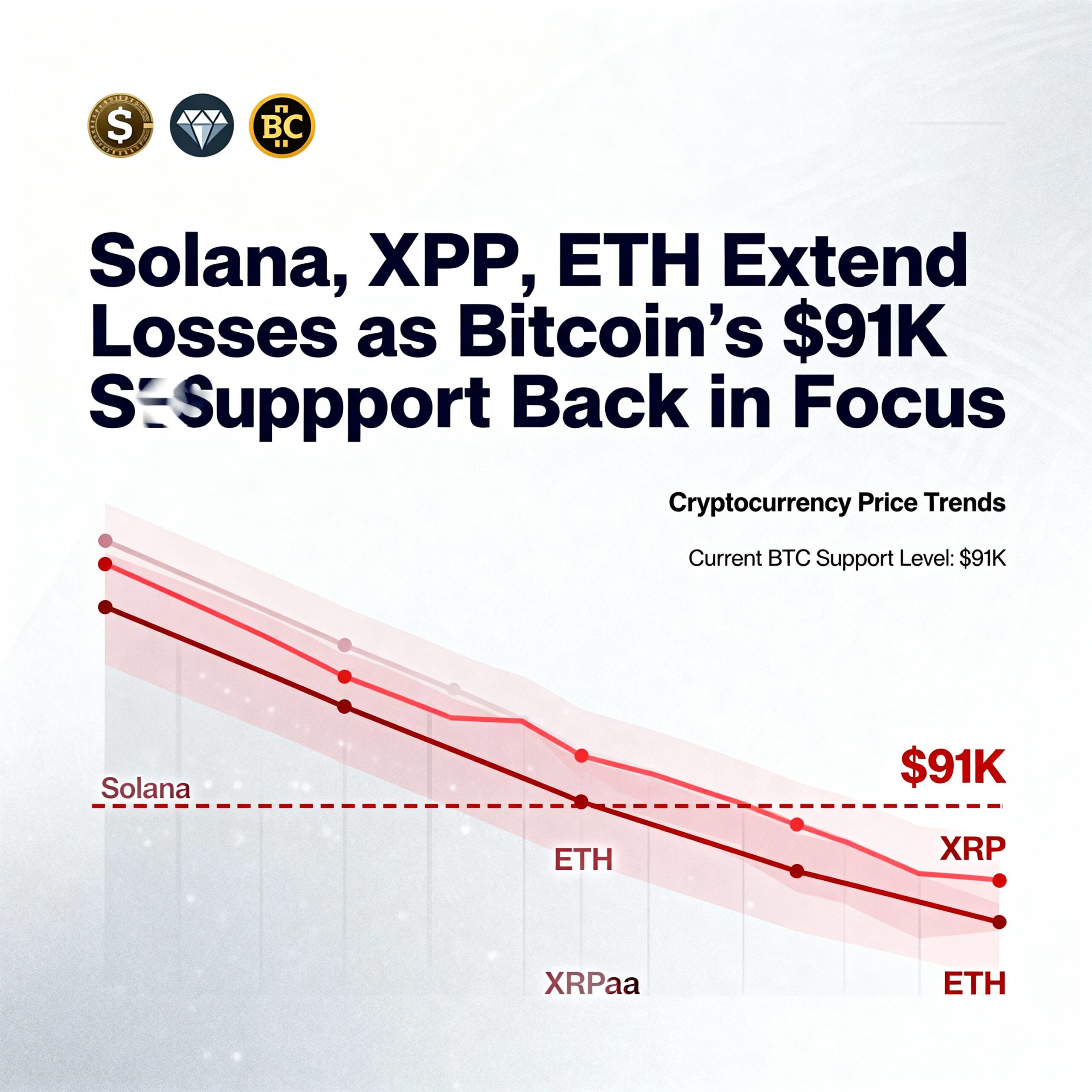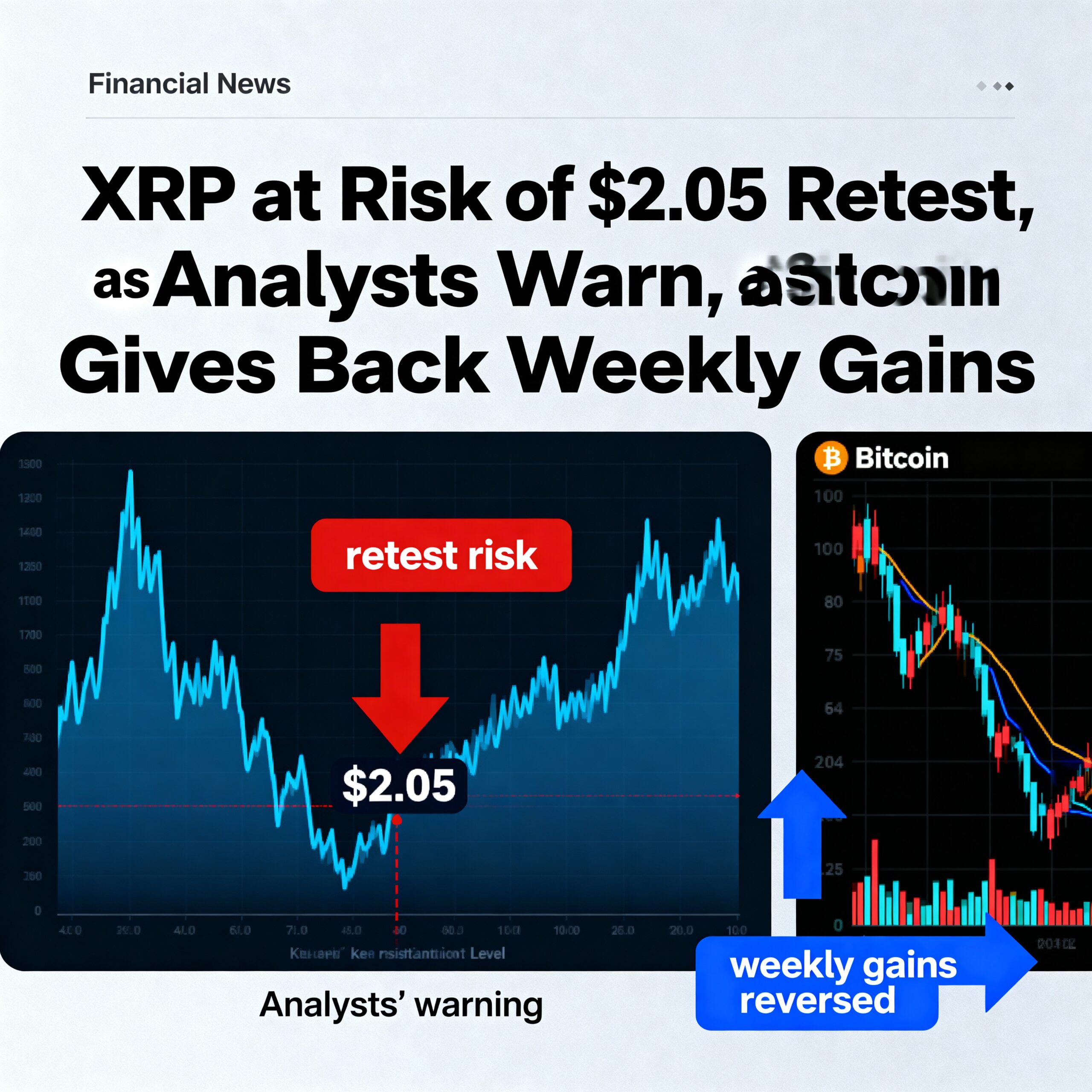
Ethereum co-founder Vitalik Buterin has released a proposal for a long-term roadmap aimed at dramatically simplifying the Ethereum protocol. The goal: reduce its complexity to a level closer to Bitcoin’s, while preserving Ethereum’s core strengths in programmability and scalability.
In a blog post published Saturday, Buterin expressed concern over Ethereum’s growing technical complexity—from its consensus mechanisms to the Ethereum Virtual Machine (EVM)—which he says has made the network harder to maintain, audit, and build on. To counter this, he proposed a multi-year plan to shrink the “consensus-critical” codebase and make Ethereum more robust, accessible, and sustainable.
“Even a smart high school student is capable of fully wrapping their head around and understanding the Bitcoin protocol,” Buterin wrote. “A programmer can write a client as a hobby project.”
Ethereum’s Complexity Challenge
Over the years, Ethereum’s base layer has grown significantly more complex due to added features, evolving consensus models, and the need to support legacy systems. While this complexity has enabled advanced capabilities such as smart contracts and zero-knowledge proofs, it has also introduced greater risk of bugs, increased upgrade difficulty, and raised the technical barrier for new developers.
In contrast, Bitcoin has maintained a minimalistic and stable architecture, consisting mainly of blocks, transactions, proof-of-work, and coin outputs.
Areas Targeted for Simplification
Buterin identified two major areas in need of simplification:
- Consensus Layer (Beacon Chain): Currently reliant on intricate mechanics like epochs, slot shuffling, and sync committees, Buterin believes this layer can be streamlined to reduce cognitive overhead and potential vulnerabilities.
- Ethereum Virtual Machine (EVM): While initially proposing incremental improvements to the EVM, Buterin ultimately advocates replacing it with a simpler, more efficient virtual machine like RISC-V. This open-source standard could enhance performance—especially for zero-knowledge applications—while cutting down on unnecessary complexity.
Balancing Progress with Compatibility
A significant challenge lies in maintaining backward compatibility with existing Ethereum applications. To address this, Buterin proposes a phased transition: allowing the current EVM and the new virtual machine to run concurrently, while gradually moving legacy features into non-consensus layers.
The proposed roadmap signals a philosophical shift in Ethereum’s development—toward a cleaner, more maintainable protocol that stays true to its values while reducing long-term technical debt.






















